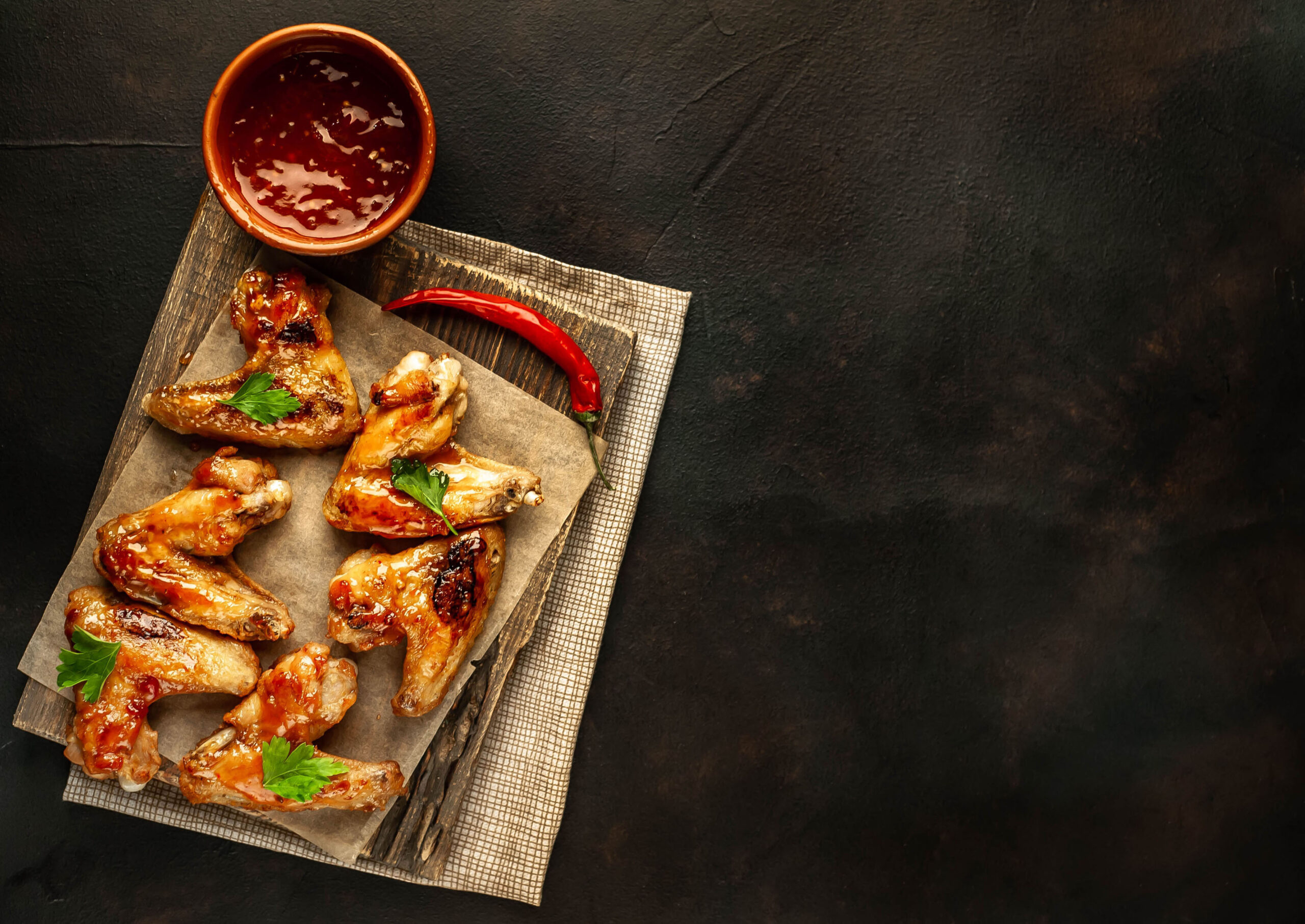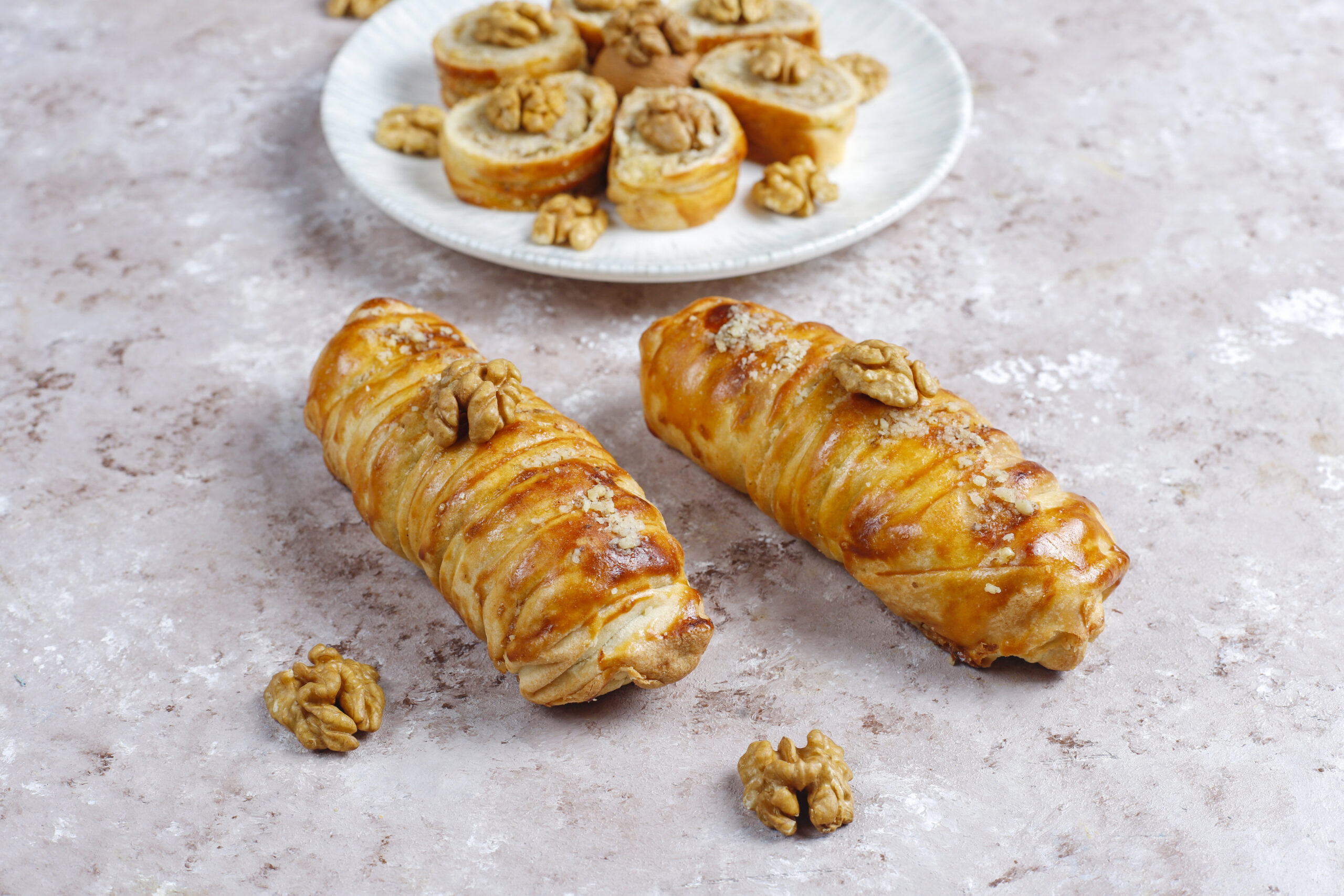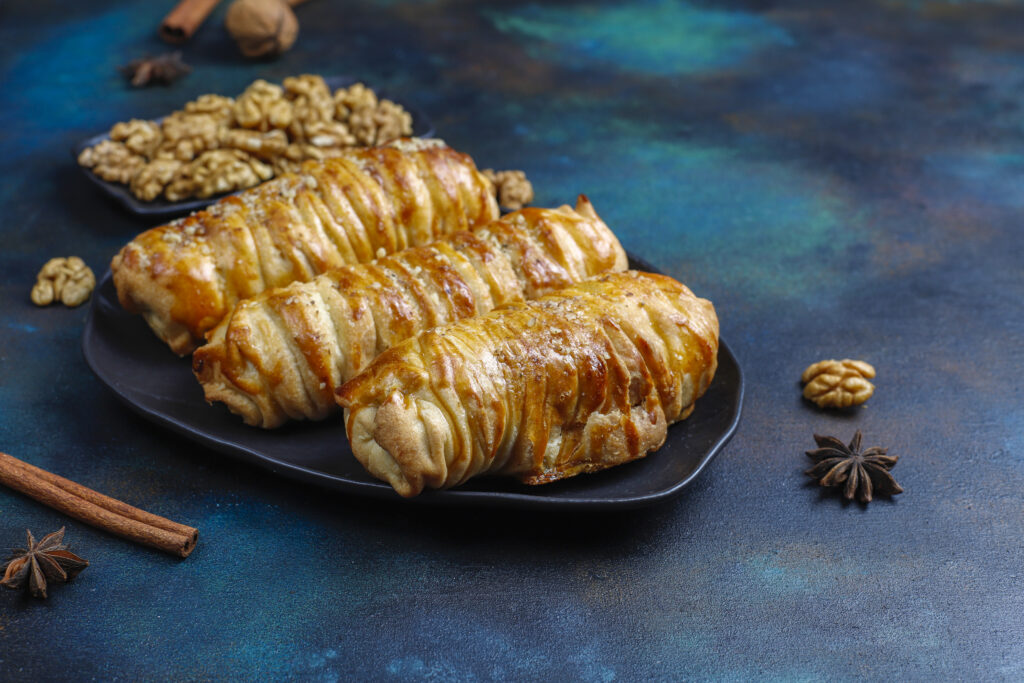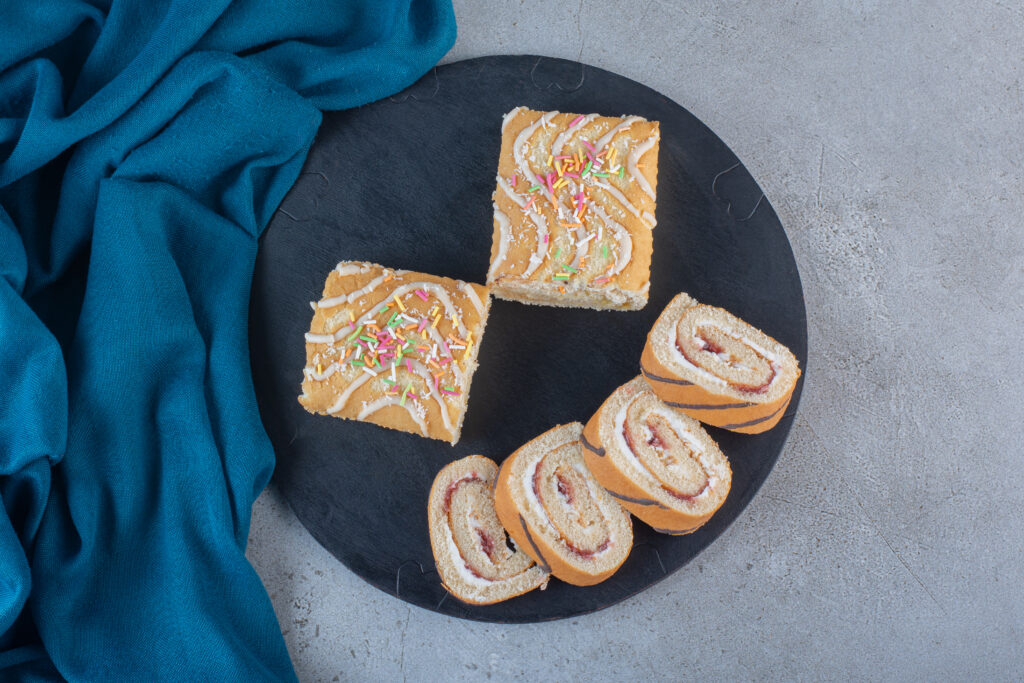- LIFE
Discover the Best Wing Sauce Recipes Ever


Butterflake rolls, with their soft, buttery layers and delicate texture, are a cherished addition to any meal. These rolls, known for their unique flakiness and rich flavor, are a delightful treat that can elevate a simple meal into something memorable. Perfect for holiday gatherings or a cozy family dinner, butterflake rolls are as pleasing to the eye as they are to the palate. This article delves into the origins, preparation techniques, and serving suggestions for these delectable rolls, offering a comprehensive guide to mastering this culinary delight.

The history of butterflake rolls is as rich as their flavor. These rolls are believed to have originated in Europe, where the art of bread-making has been perfected over centuries. The technique of layering butter within the dough is reminiscent of croissant-making, another European culinary masterpiece. As immigrants brought their baking traditions to America, the butterflake roll evolved into its own unique form, becoming a staple in American bakeries and homes alike. The rolls gained popularity for their versatility and the comforting, familiar taste that pairs well with a variety of dishes.
The magic of butterflake rolls lies in their simple yet effective ingredient list. Each component plays a crucial role in achieving the perfect texture and flavor. The primary ingredients include flour, butter, milk, sugar, yeast, and salt. High-quality flour provides the structure, while butter is responsible for the characteristic flakiness and rich taste. Milk adds moisture and a slight sweetness, enhancing the overall flavor profile. Sugar not only sweetens the dough but also aids in yeast fermentation, resulting in a light and airy roll. Yeast is the leavening agent that gives the rolls their rise, and salt balances the flavors, ensuring a well-rounded taste.
Creating the perfect butterflake roll requires attention to detail and a bit of patience. The process begins with activating the yeast in warm milk and sugar, allowing it to bloom and create a frothy mixture. This is then combined with flour, salt, and melted butter to form a smooth dough. The dough must be kneaded until it becomes elastic and pliable, which can take about 10 minutes by hand or 5 minutes with a stand mixer.
The hallmark of a butterflake roll is its distinct layers, achieved through a process of rolling and folding. Once the dough has rested and doubled in size, it is rolled out into a rectangle. Softened butter is spread evenly over the surface, and the dough is folded in thirds, similar to folding a letter. This process is repeated several times, each fold incorporating more air and creating the layers that will separate during baking, giving the roll its signature flakiness.

After the dough has been layered and shaped, it’s time for the final rise, known as proofing. This step is crucial for achieving the perfect texture. The rolls should be placed in a warm, draft-free environment until they have doubled in size. Once proofed, they are ready to be baked in a preheated oven until golden brown and fragrant, typically taking about 15-20 minutes.
For an added touch of indulgence, brush the freshly baked rolls with melted butter as soon as they come out of the oven. This not only enhances their buttery flavor but also gives them an appetizing sheen. For a hint of sweetness, a sprinkle of coarse sea salt or a light dusting of sugar can be added before baking.
Butterflake rolls are incredibly versatile and can be served in numerous ways. They are the perfect accompaniment to hearty soups and stews, providing a soft, buttery contrast to savory dishes. For breakfast, they can be enjoyed warm with a dollop of homemade jam or honey. During holiday meals, butterflake rolls are a must-have on the table, complementing roast meats and vegetables beautifully.
For those looking to experiment, there are several variations to explore. Adding herbs like rosemary or thyme to the dough can infuse the rolls with aromatic flavors. For a sweeter version, cinnamon and sugar can be incorporated into the layers, creating a delightful breakfast treat reminiscent of cinnamon rolls. Cheese lovers might enjoy adding grated parmesan or cheddar for a savory twist.
Butterflake rolls are a testament to the beauty of simple ingredients transformed through careful technique and a touch of creativity. Whether served as a side dish or enjoyed on their own, these rolls bring warmth and comfort to any occasion. By understanding their origins, mastering the preparation process, and exploring various serving options, anyone can bring the joy of homemade butterflake rolls to their table. With practice, patience, and a passion for baking, these rolls can become a beloved staple in your culinary repertoire.